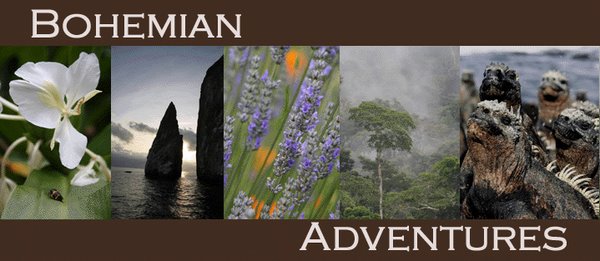The R/V Thompson will be at sea for 28 days during its "summer cruise" which I'm on. During that time, it stops every couple hours at one of a couple hundred 'stations' along 10 or so transects - lines in the ocean along which the scientists want to stop and collect 3 main things: water, mud, and bugs. OK they're not really bugs but it sounded good. They collect living stuff - more below.
 The first thing they do at every stop is to collect water via the CTD (stands for Conductivity, Temperature, and Depth). Later, I will tell you more (via the Nature Great Beyond blog...here maybe if you're lucky) about what they measure in the water, and why. Co-chief scientist Nancy Kachel is the "hydro team leader" but there are many groups on board that need water from the CTD for their varied and sundry experiments. Data is actually collected right from the water in the CTD which goes directly to a computer server on board the ship, which is immediately shared with all others on board who need to access it. They can collect water deep, or at various depths, depending on the scientists' needs.
The first thing they do at every stop is to collect water via the CTD (stands for Conductivity, Temperature, and Depth). Later, I will tell you more (via the Nature Great Beyond blog...here maybe if you're lucky) about what they measure in the water, and why. Co-chief scientist Nancy Kachel is the "hydro team leader" but there are many groups on board that need water from the CTD for their varied and sundry experiments. Data is actually collected right from the water in the CTD which goes directly to a computer server on board the ship, which is immediately shared with all others on board who need to access it. They can collect water deep, or at various depths, depending on the scientists' needs. After the CTD, the actual order of events next varies by station, but let's just say next they deploy the multi-corer, which collects sediment (aka mud usually, sometimes sand) on the ocean floor. They drop this baby all the way down and it fills with muddy gunk, trapping everything inside, including the living organisms.
After the CTD, the actual order of events next varies by station, but let's just say next they deploy the multi-corer, which collects sediment (aka mud usually, sometimes sand) on the ocean floor. They drop this baby all the way down and it fills with muddy gunk, trapping everything inside, including the living organisms. After the haul it back on board, techs (here Rachel and Colin) get the mud from the Multi-Core into tubes that can go to the lab, with Dr. David Shull, the ship's chief scientist, looking on.
After the haul it back on board, techs (here Rachel and Colin) get the mud from the Multi-Core into tubes that can go to the lab, with Dr. David Shull, the ship's chief scientist, looking on. After most of the tubes from the Multi-Core go to the tubes for the lab, they have to slice n dice some others for other purposes (again you'll have to wait for my Nature's Great Beyond blog posts for details!) Here Greg (left) is handling the tube for the lab, with David on the right.
After most of the tubes from the Multi-Core go to the tubes for the lab, they have to slice n dice some others for other purposes (again you'll have to wait for my Nature's Great Beyond blog posts for details!) Here Greg (left) is handling the tube for the lab, with David on the right. Last, they deploy the MOCNESS (Multiple Opening/Closing Net and Environmental Sensing System). It has 9 long tapered nets on a rectangular frame. I love its name! Sounds like the Lochness aye?
Last, they deploy the MOCNESS (Multiple Opening/Closing Net and Environmental Sensing System). It has 9 long tapered nets on a rectangular frame. I love its name! Sounds like the Lochness aye? They deploy this giant net that off the boat's fantail (back end) and then start motoring very slowly with the MOCNESS dragging behind the ship for ~30 minutes, collecting all living things in the vicinity (mostly very tiny stuff like krill, copepods, and baby fish or icthyozooplankton).
They deploy this giant net that off the boat's fantail (back end) and then start motoring very slowly with the MOCNESS dragging behind the ship for ~30 minutes, collecting all living things in the vicinity (mostly very tiny stuff like krill, copepods, and baby fish or icthyozooplankton). After they're done, they haul it back on board, and spray off the stuff into buckets, which they bring into the lab. More to come!
After they're done, they haul it back on board, and spray off the stuff into buckets, which they bring into the lab. More to come!







2 comments:
tell colin his mother said to smile more...his scowling will create permanent wrinkles in his otherwise handsome face! thanks for all the photos...except the sea...it scares me when i can't see land...take good care of yourself, patricia
Hi Patricia- Thanks for your comment! I passed the message along to Colin. He looks pretty cute with or without smiling! :) Thanks for reading!!
Post a Comment